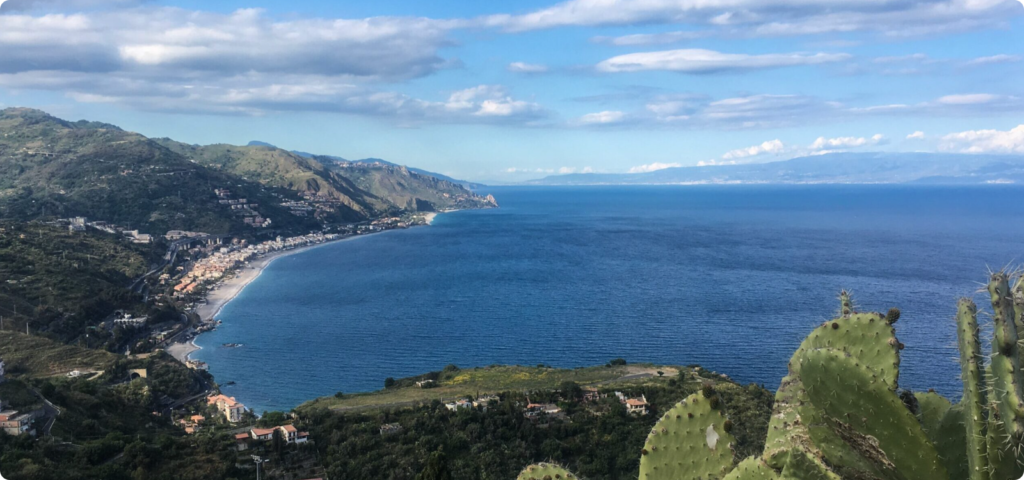The Mediterranean Sea, one of the world’s most biologically diverse marine environments, is a global biodiversity hotspot home to 28% of the world’s endemic species. Stretching across 22 countries, only eight of which are in the EU, the region’s complex governance landscape reflects its pronounced North-South economic and political divide. Climate change, overfishing, and inadequate marine protected area (MPA) management further compound the challenges of preserving this critical ecosystem.

The Challenge
The Mediterranean Sea faces mounting pressures from human and environmental factors. Climate change has intensified, causing acidification and warming, which has displaced fish species and led to mass mortality events. Overfishing, a persistent issue, threatens both marine biodiversity and the sustainability of fisheries. While nearly 10% of the Mediterranean is designated as marine protected areas, only 1% is appropriately managed, leaving much of the region’s rich biodiversity vulnerable to exploitation.
A Complex Policy Landscape
Governance in the Mediterranean is inherently complex due to its mix of EU and non-EU nations. The European Green Deal (EGD), which promotes ambitious climate and biodiversity targets, directly applies to only a minority of Mediterranean countries. Policies like the Common Fisheries Policy (CFP) and the Marine Strategy Framework Directive (MSFD) aim to incorporate sustainability goals but face jurisdictional limitations. Meanwhile, regional agreements and international frameworks must work to integrate these objectives at a basin-wide scale, ensuring that climate change and biodiversity targets influence fisheries management across all Mediterranean states.

CrossGov’s Case Study
This case study evaluates the integration of climate change and biodiversity objectives into fisheries management across the Mediterranean basin. It examines how policies such as the Common Fisheries Policy (CFP), Marine Strategy Framework Directive (MSFD), and the EU Biodiversity Strategy align with international agreements and laws. The focus is on identifying synergies and assessing whether regional plans effectively incorporate environmental goals, providing a pathway toward sustainable fisheries management in this diverse and complex region.



